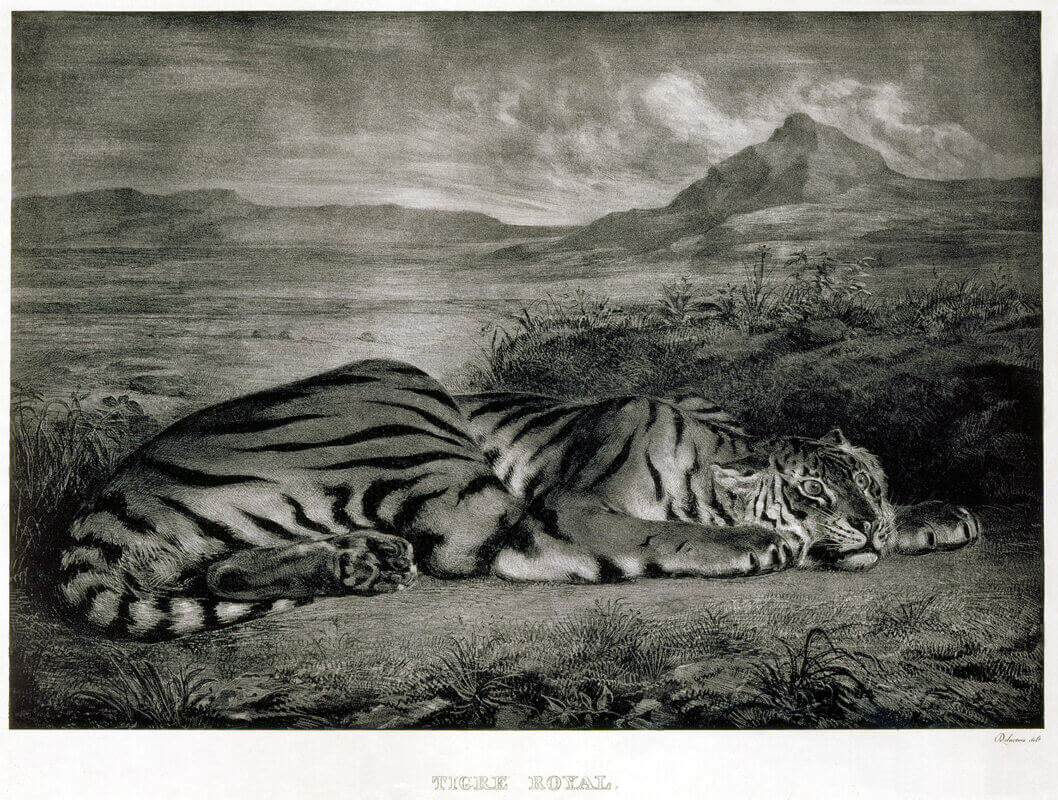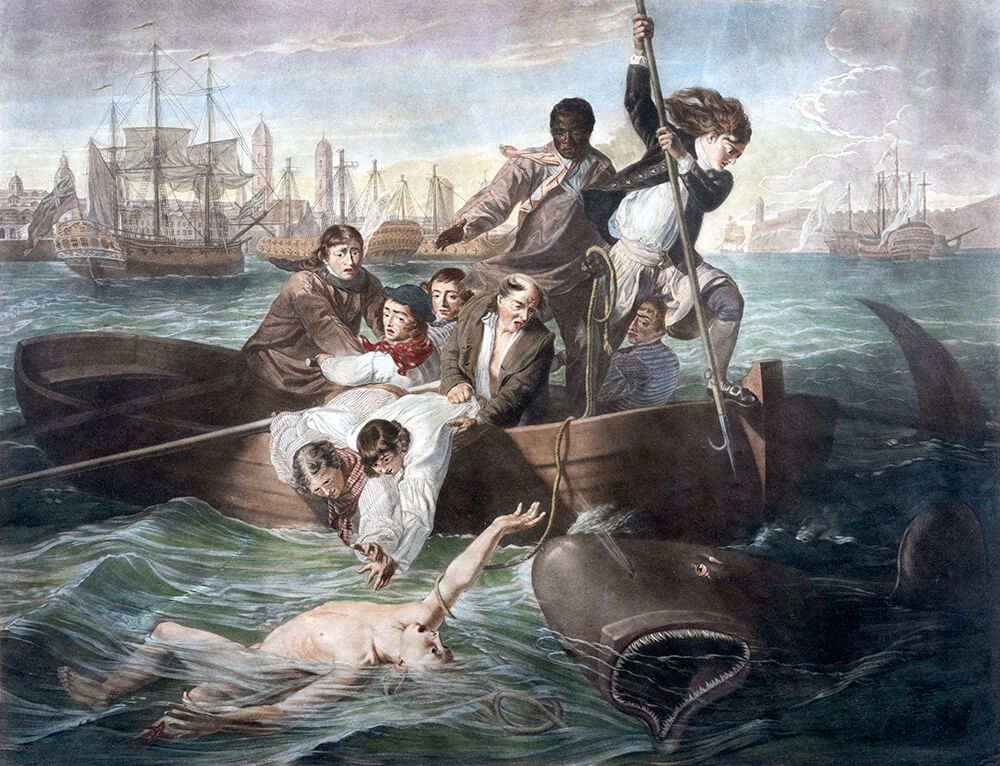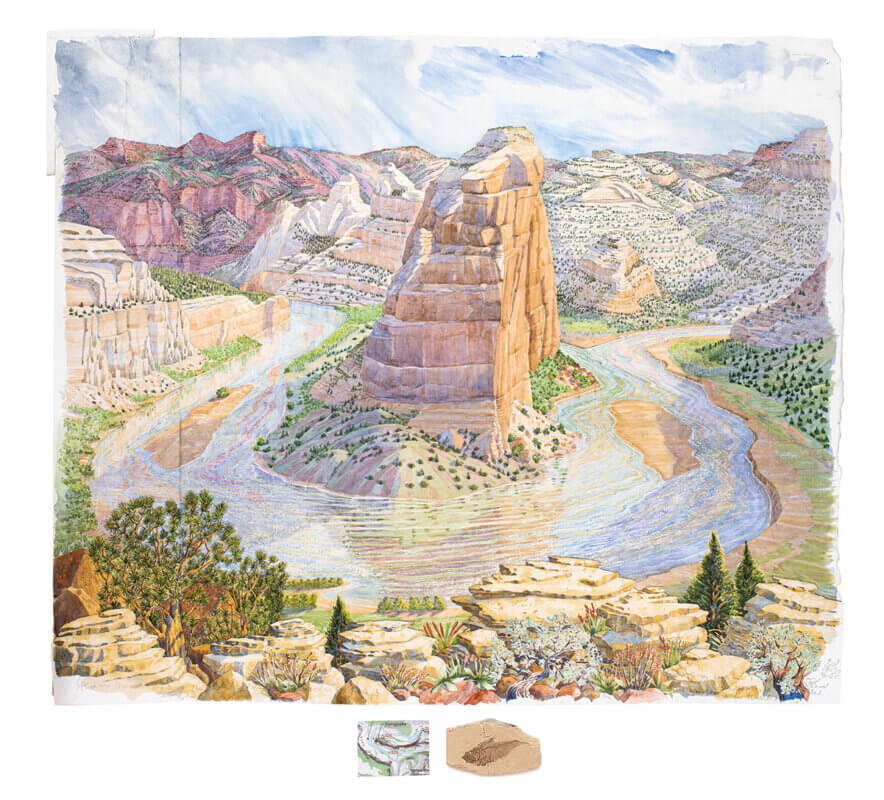Wolves: Photography by Ronan Donovan
November 5, 2022 - April 30, 2023Exhibition open November 5, 2022 – April 30, 2023
The National Museum of Wildlife Art will debut the traveling photography exhibition Wolves: Photography by Ronan Donovan, featuring Donovan’s stunning images and videos of wild wolves in the Greater Yellowstone Ecosystem and Ellesmere Island in the high Canadian Arctic. Since 2014, National Geographic Explorer and photographer Ronan Donovan has examined the relationship between wild wolves and humans in order to better understand the animals, our shared history, and what drives the persistent human-wolf conflict.
The exhibition, created by National Geographic Society and the National Museum of Wildlife Art, will display images and videos—highlighting the contrast between wolves that live in perceived competition with humans and wolves that live without human intervention.
Wolves will introduce visitors to the daily lives of wolves in the Arctic—how they hunt, play, travel, and rest in one of the harshest environments on Earth—with unparalleled intimacy. By contrast, the wolves of the Greater Yellowstone Ecosystem are fearful of humans, making it nearly impossible to document their daily lives. One of the distinctions made clear in the images is the ability to see wolf pups in the Arctic, which allowed Donovan to document behaviors he had never seen in Yellowstone. Donovan attributes these differences to the fact that Arctic wolves rarely experience negative encounters with humans or view them as a threat—it’s like going back to a time when humans learned from wolves and subsisted on the same prey.
“Wolves are such a fascinating animal to me because of how complex their relationship is with humans,” Donovan says. “Wolves were the first animals humans domesticated some 30,000 years ago and they have lived alongside us ever since as guardians, workers, and companions. Yet as humans moved to more sedentary lives, raising what amounts to easy prey in the form of livestock, wolves have found themselves in conflict with humans.”
As wolves in North America are increasingly under threat due to recent extreme wolf-control laws, and humans continue to impinge on the land and food sources that these animals need to survive, Donovan hopes that his photos will provide people with a better understanding of these often misunderstood animals. He also hopes they will see wolves as they are: powerful, intelligent, social mammals that have evolved to live in family structures similar to humans.
“The way that a culture views wolves can reveal a lot about how a society interacts with their environment—is there a belief of power over animals, or is there a collective shared landscape?” Donovan says. “As a visual storyteller, my goal is to portray my subjects in their most authentic way by showing the challenges they face as well as the tender moments between family members in order to evoke a shared emotion that the viewer can connect with.”
Exhibition Survey
If you saw Wolves: Photography by Ronan Donovan at the National Museum of Wildlife Art, we would love your feedback! Help us shape future exhibitions at the Museum. The short survey below takes three minutes or less.
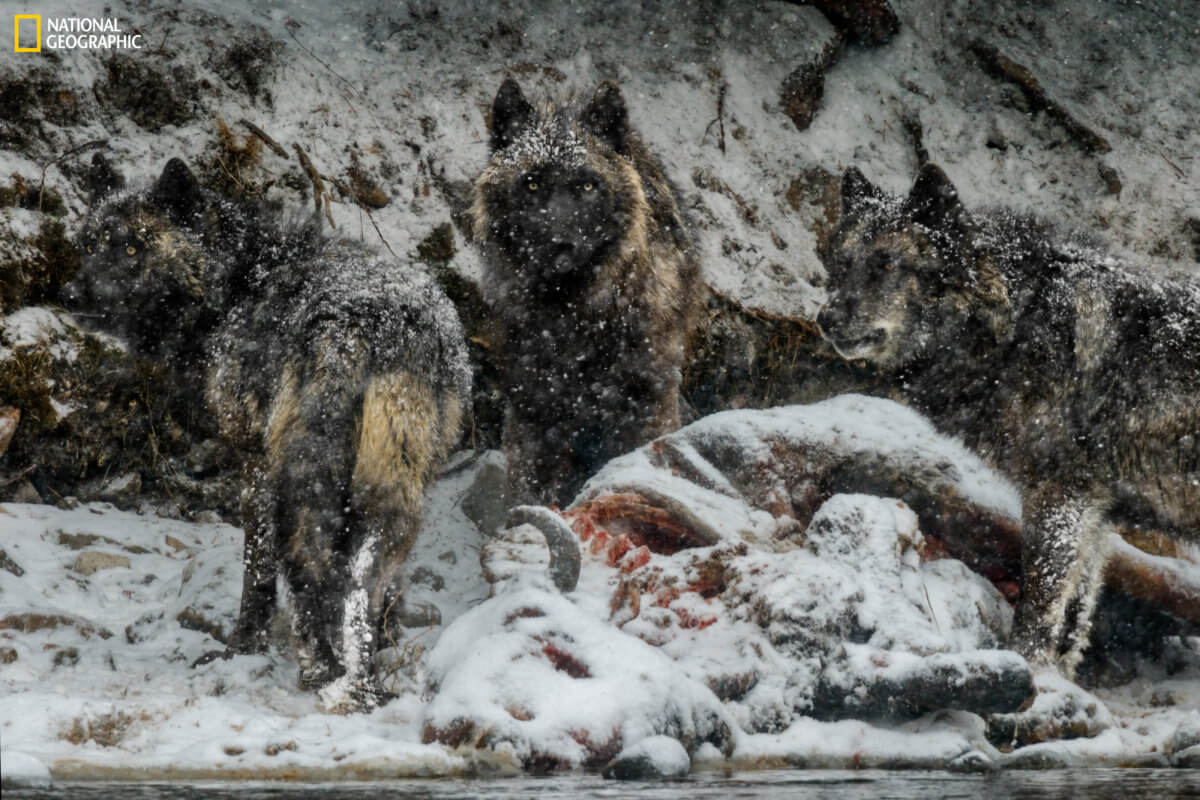
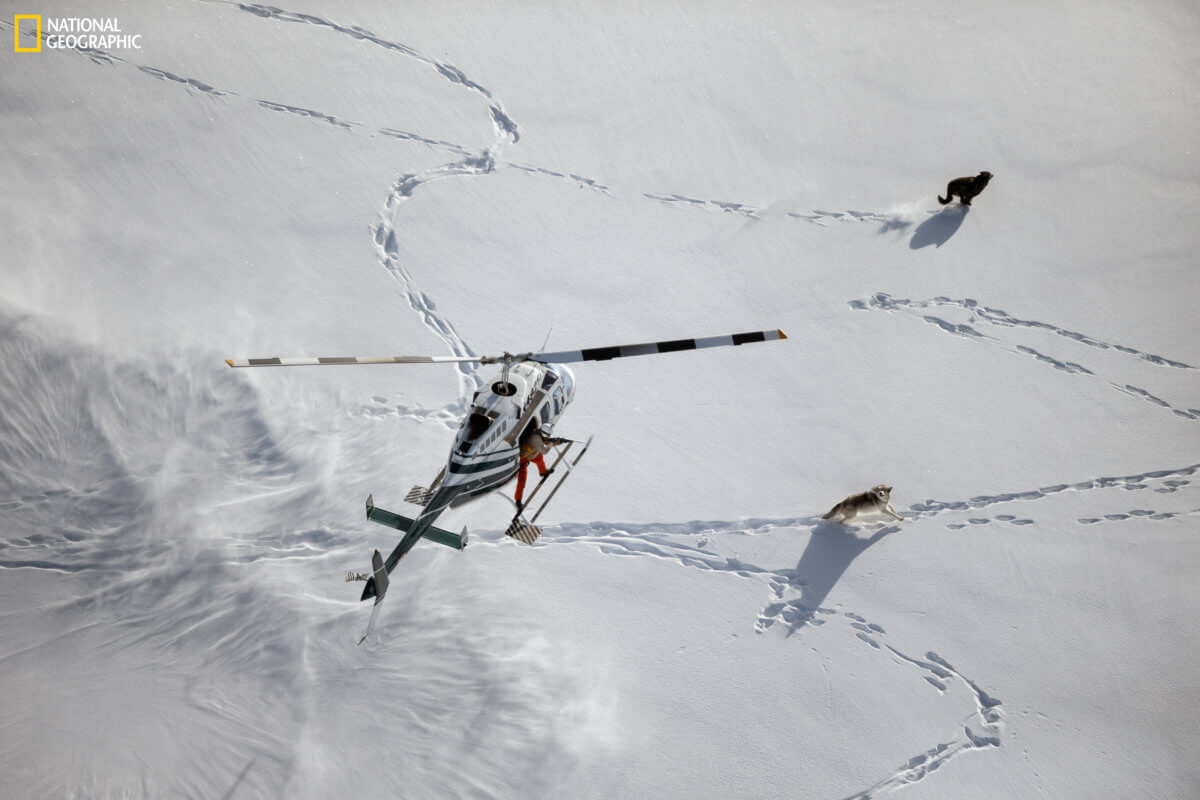

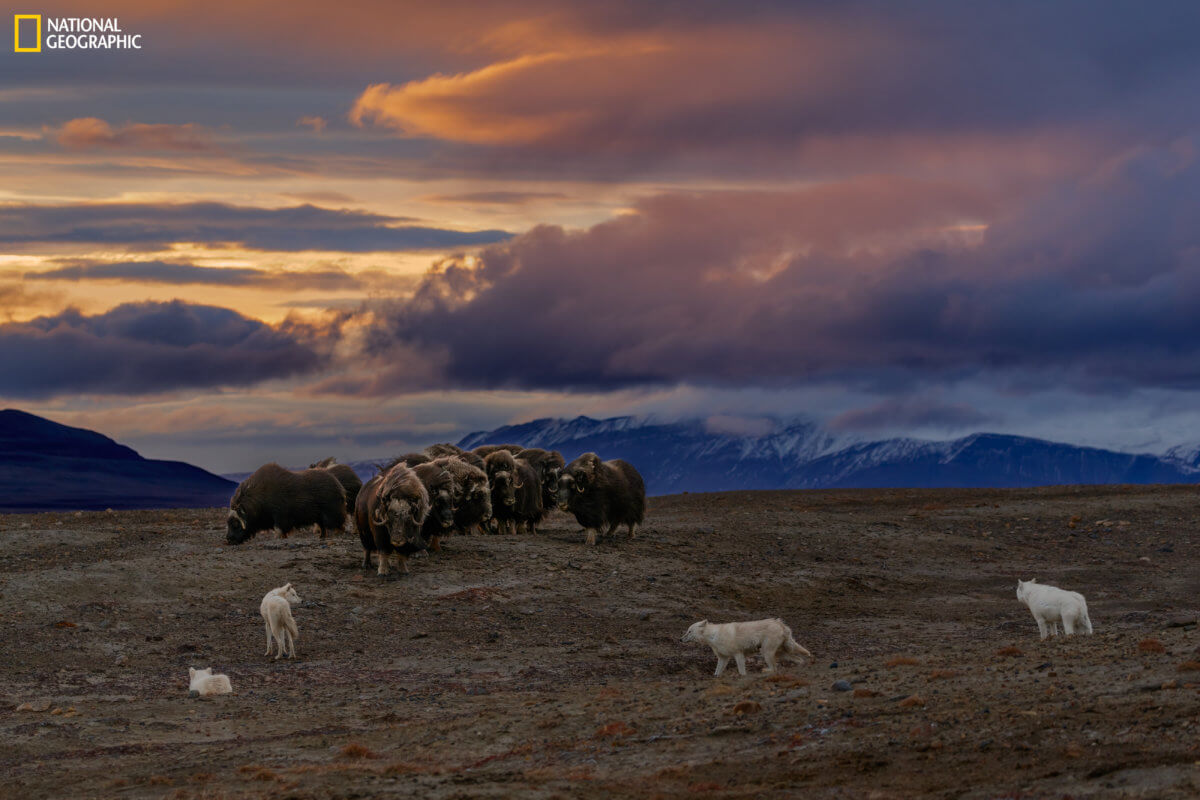
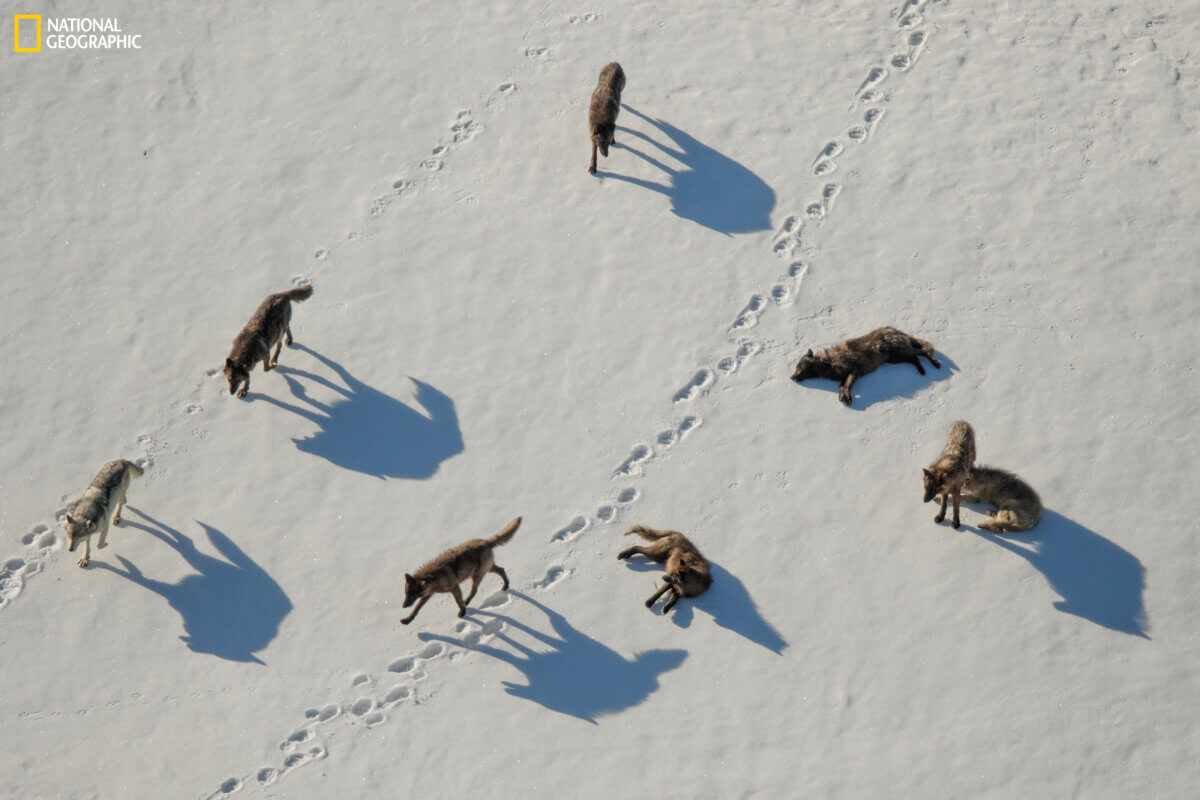
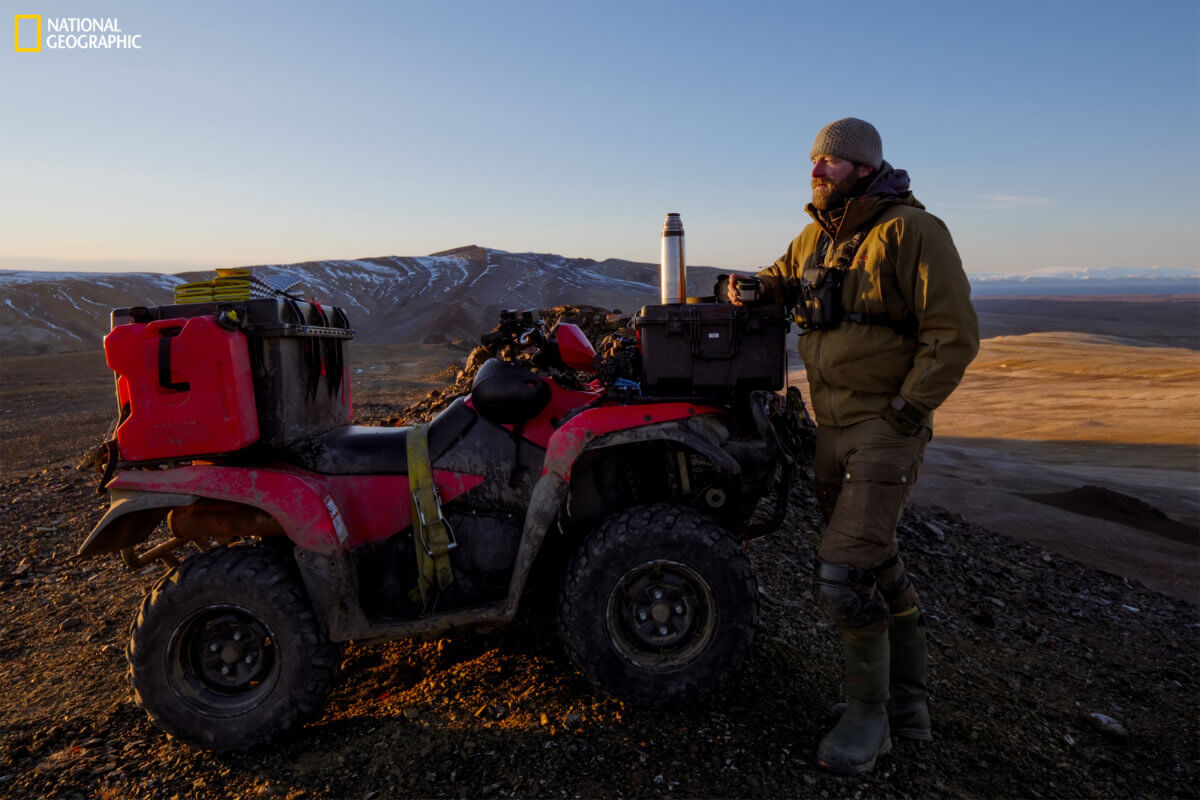


- 1
- 2
- 3
Out of the Shadows: Prints from the Permanent Collection
Through April 27, 2025Dürer, Rembrandt, Goya, Picasso, Warhol—while many of the works in this show may be small in size, they are created by some of the biggest names in the canon of art history.
See the Exhibit- 1
- 2
- 3
Tony Foster: Watercolour Diaries from the Green River
Through May 4, 2025Artist Tony Foster became fascinated with the 50-million-year-old Green River fossilized fish when he first saw them in 1985. It was from these small special objects that he comprised the idea to make a group of artworks about the Green River. He began his project in 2018, creating a major painting of Steamboat Rock and the horseshoe bend from his vantage point up a 400 foot cliff. In the summer of 2019 he took a rafting trip from the Gates of Lodore to Split Rock, creating five smaller paintings en route. From these initial works he created this exhibition about, in Foster’s words: “this magnificent river.”
See the Exhibit